Home>Furniture & Design>Interior Design Trends>How To Remove Glass From Foot
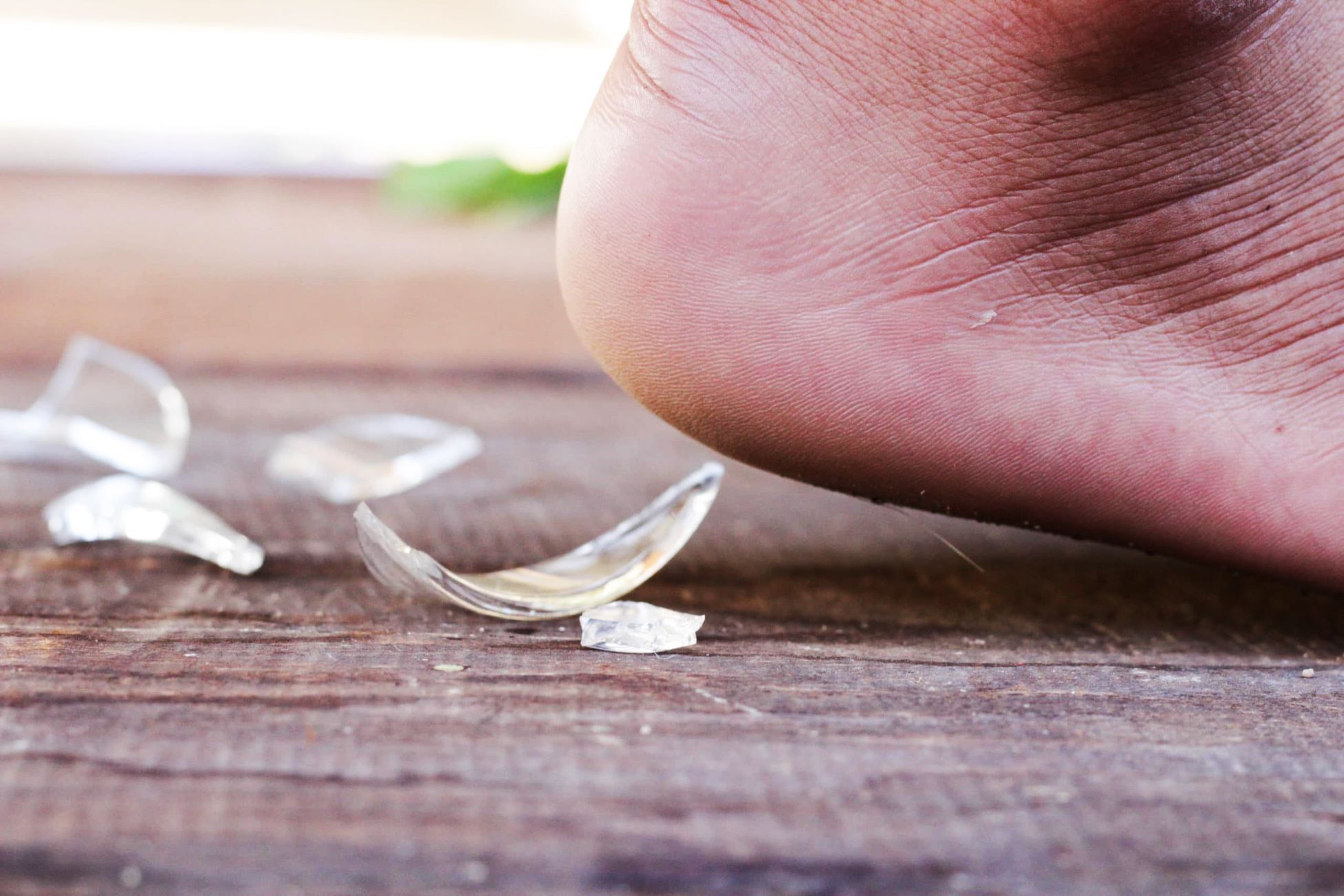

Interior Design Trends
How To Remove Glass From Foot
Published: February 3, 2024
Learn how to safely remove glass from your foot and prevent injury. Stay updated on the latest interior design trends.
(Many of the links in this article redirect to a specific reviewed product. Your purchase of these products through affiliate links helps to generate commission for Storables.com, at no extra cost. Learn more)
Introduction
Accidents happen, and getting a piece of glass stuck in your foot can be a painful and alarming experience. Whether it occurred while walking barefoot or handling broken glass, dealing with this situation promptly and effectively is crucial for minimizing discomfort and preventing infection. Knowing how to safely remove glass from your foot is a valuable skill that can make a significant difference in your overall well-being.
In this comprehensive guide, we will walk you through the step-by-step process of removing glass from your foot, offering practical tips and insights to ensure a smooth and successful procedure. From assessing the situation to treating the wound, we will cover everything you need to know to handle this common yet distressing mishap with confidence and care.
So, if you've found yourself in this uncomfortable predicament, fear not. By following the instructions outlined in this guide, you'll be equipped with the knowledge and techniques to address the issue effectively and alleviate any discomfort. Let's dive into the essential steps for safely and efficiently removing glass from your foot, ensuring a swift and smooth recovery.
Key Takeaways:
- If you get glass stuck in your foot, stay calm and assess the situation carefully. Clean the area, remove the glass gently, and treat the wound to promote healing and prevent infection.
- Seek medical help if the glass is deeply embedded, or if you experience persistent pain or signs of infection. Taking care of your foot is important for a swift and successful recovery.
Read more: How To Remove A Sticker From Glass
Step 1: Assess the situation
When you discover that a piece of glass has become embedded in your foot, it's essential to approach the situation calmly and methodically. The first step is to carefully assess the extent of the injury and the condition of the affected area. Start by finding a well-lit and comfortable space to sit down and examine your foot. If possible, have someone assist you in the process to provide additional support and perspective.
Begin by evaluating the location of the glass and the depth to which it has penetrated the skin. Look for any signs of bleeding, swelling, or discoloration around the area. It's crucial to determine whether the glass is superficially lodged in the outer layers of the skin or if it has penetrated deeper into the tissue. Assess the level of pain and tenderness, as well as any potential mobility limitations caused by the injury.
Next, carefully palpate the area around the embedded glass to gauge the extent of discomfort and identify any potential secondary injuries. Take note of any fragments or shards that may be visible on the surface of the skin. It's important to remain gentle and avoid applying excessive pressure, as this could exacerbate the injury or cause the glass to shift, leading to further complications.
As you assess the situation, consider the circumstances that led to the injury. If the glass was broken recently, be mindful of the potential presence of smaller, less visible shards that may have scattered in the vicinity. This awareness can help prevent additional injuries and ensure a thorough removal process.
By thoroughly assessing the situation, you'll gain a clearer understanding of the nature and severity of the injury, enabling you to proceed with the subsequent steps with greater confidence and precision. Remember, a calm and thorough assessment is the foundation for effectively addressing the presence of glass in your foot and initiating the appropriate course of action to resolve the issue.
This initial evaluation sets the stage for the subsequent steps, guiding your approach to safely and effectively removing the glass and addressing any resulting wounds. With a clear understanding of the situation, you can proceed to the next step with greater assurance and readiness to address the issue at hand.
Step 2: Clean the area
After assessing the situation and understanding the extent of the injury, the next crucial step is to thoroughly clean the affected area. Proper cleaning is essential for minimizing the risk of infection and ensuring a safe and hygienic environment for the subsequent removal of the glass.
To begin, gather the necessary supplies for cleaning the wound. This typically includes mild soap, sterile gauze pads, antiseptic solution or wipes, and clean water. If available, consider using a saline solution for irrigation, as it can help flush out debris and minimize the risk of contamination.
Start by washing your hands thoroughly with soap and water to minimize the introduction of additional bacteria or contaminants to the affected area. Once your hands are clean, carefully cleanse the area around the embedded glass with mild soap and water. Gently lather the soap and apply it to the skin surrounding the injury, taking care to avoid direct contact with the embedded glass.
Using a clean, damp cloth or sterile gauze pads, gently pat the area dry, being mindful not to dislodge the glass or cause further injury. Avoid rubbing the area vigorously, as this could lead to irritation or displacement of the foreign object.
Following the initial cleansing with soap and water, consider using an antiseptic solution or wipes to further disinfect the area. Apply the antiseptic solution according to the manufacturer's instructions, ensuring that the entire area around the embedded glass is thoroughly cleansed. This step helps reduce the risk of infection and prepares the wound for the subsequent glass removal process.
If the injury occurred outdoors or in a potentially contaminated environment, consider irrigating the area with clean water or a saline solution. Gently pour the water or saline over the affected area to flush out any debris or foreign particles, further reducing the risk of infection and promoting a clean and sanitized wound site.
By meticulously cleaning the area surrounding the embedded glass, you create a safe and hygienic foundation for the subsequent steps in the removal process. This thorough cleansing minimizes the risk of infection and ensures that the wound is prepared for the safe and effective extraction of the glass, setting the stage for a successful resolution of the injury.
Step 3: Remove the glass
With the area thoroughly assessed and cleansed, the next critical step is the careful and precise removal of the glass from the foot. This process requires patience, attention to detail, and a gentle touch to minimize discomfort and avoid further injury.
To begin, prepare the necessary tools for the glass removal process. You will need a pair of clean, fine-tipped tweezers or forceps specifically designed for medical use. It's essential to ensure that the tweezers are sanitized to minimize the risk of introducing additional contaminants to the wound site.
Once the tools are ready, gently grasp the protruding end of the glass with the tweezers, taking care to exert minimal pressure to avoid pushing the glass deeper into the skin. If the glass is not protruding and is embedded beneath the skin's surface, refrain from attempting to extract it at home and seek professional medical assistance to prevent further injury or complications.
With a steady hand and a firm yet gentle grip, slowly and steadily pull the glass out in the same direction it entered the skin. Exercise caution and patience, as abrupt or forceful movements can cause the glass to break, leading to potential complications and making the removal process more challenging.
If the glass breaks during the extraction, refrain from further attempts to remove it at home and seek immediate medical attention. A broken shard of glass can pose a heightened risk of injury and infection, necessitating professional care to ensure safe and thorough removal.
Once the glass has been successfully extracted, carefully examine the wound site to ensure that no fragments or residual particles remain. If any small fragments are visible, use the sanitized tweezers to gently remove them, taking care to avoid causing additional trauma to the surrounding tissue.
Following the glass removal, cleanse the area once again with mild soap and water, ensuring that any debris or traces of blood are carefully removed. Pat the area dry with sterile gauze pads, taking care to avoid applying excessive pressure or causing irritation to the wound.
By methodically and gently removing the glass from the foot, you minimize the risk of complications and create a conducive environment for the subsequent treatment of the wound. With the glass safely extracted, the focus shifts to addressing the resulting injury and promoting effective healing to ensure a swift and complete recovery.
Soak the foot in warm, soapy water to soften the skin. Gently remove the glass with tweezers, then clean and bandage the area. If the glass is deeply embedded or if there’s excessive bleeding, seek medical attention.
Step 4: Treat the wound
After successfully removing the glass from the foot, it's crucial to provide proper care to the resulting wound to promote healing and minimize the risk of infection. Treating the wound effectively involves a series of essential steps aimed at ensuring optimal recovery and preventing complications.
Begin by gently cleansing the wound with mild soap and water, carefully removing any remaining debris or traces of blood. Use a clean, sterile cloth or gauze pads to gently pat the area dry, taking care to avoid causing irritation or disrupting the healing process. It's important to refrain from using alcohol or hydrogen peroxide for wound cleansing, as these substances can potentially damage the delicate tissue and impede the healing process.
Once the wound is clean and dry, consider applying an over-the-counter antibiotic ointment to the affected area. This step helps create a protective barrier against potential contaminants and promotes a conducive environment for healing. Apply a thin layer of the ointment to the wound site, ensuring that it is evenly distributed and covers the entire area of the injury.
Following the application of the antibiotic ointment, cover the wound with a sterile adhesive bandage or gauze to provide protection and prevent exposure to external elements. Ensure that the bandage is securely in place without being too tight, allowing for adequate airflow while safeguarding the wound from potential sources of contamination.
It's important to monitor the wound regularly for any signs of infection, such as increased redness, swelling, warmth, or discharge. If you notice any concerning changes in the appearance or condition of the wound, seek medical attention promptly to address any potential complications and ensure proper treatment.
Throughout the healing process, it's essential to keep the wound clean and dry, avoiding prolonged exposure to moisture or friction that could impede the recovery. Be mindful of your daily activities and make adjustments as needed to minimize strain on the affected foot and facilitate optimal healing.
By providing attentive and diligent care to the wound, you contribute to a favorable healing environment and reduce the risk of complications. Remember to follow any additional instructions or recommendations provided by healthcare professionals to ensure the best possible outcome for the recovery of the injured foot.
This comprehensive approach to treating the wound sets the stage for a successful and expedient healing process, allowing you to resume your regular activities with confidence and comfort.
Read more: How To Remove Etching From Glass
Step 5: Seek medical attention if necessary
In some cases, seeking medical attention after removing glass from the foot is essential to ensure proper care and prevent potential complications. While many instances of glass in the foot can be effectively managed at home, certain circumstances warrant professional evaluation and treatment to address underlying concerns and promote optimal recovery.
If the glass was deeply embedded or if the removal process resulted in significant bleeding or tissue damage, it is advisable to seek medical attention promptly. Additionally, if you encounter difficulty in extracting the glass or suspect that fragments may remain in the wound, consulting a healthcare professional is crucial to ensure thorough and safe removal.
Furthermore, individuals with pre-existing medical conditions such as diabetes or compromised immune systems should prioritize seeking medical evaluation after removing glass from the foot. These conditions can elevate the risk of infection and impede the natural healing process, making professional assessment and care particularly important in such cases.
Signs of infection, including persistent redness, swelling, warmth, or discharge from the wound, warrant immediate medical attention. These symptoms may indicate the presence of bacteria or foreign particles that require professional intervention to prevent further complications.
Moreover, if you experience persistent pain, numbness, or loss of sensation in the affected foot after removing the glass, it is advisable to consult a healthcare provider. These symptoms could signal underlying nerve damage or other issues that necessitate expert evaluation and management.
It's important to recognize that seeking medical attention when necessary is a proactive step toward ensuring the best possible outcome for the injury. Healthcare professionals possess the expertise and resources to address complex or challenging cases of glass in the foot, offering specialized care and guidance tailored to individual needs.
By promptly seeking medical attention when indicated, you prioritize your well-being and facilitate comprehensive treatment, ultimately promoting a swift and successful recovery from the injury.
Remember, your health and safety are paramount, and seeking professional medical care when necessary is a proactive and responsible approach to addressing concerns related to glass in the foot.
Conclusion
In conclusion, encountering a piece of glass embedded in your foot can be a distressing and uncomfortable experience, but with the right approach and knowledge, you can effectively address the situation and promote a swift recovery. By following the step-by-step guidance provided in this comprehensive guide, you've gained valuable insights into the essential process of removing glass from the foot and treating the resulting injury with care and precision.
The initial assessment of the situation sets the stage for a methodical and well-informed approach to addressing the presence of glass in the foot. By carefully evaluating the extent of the injury and understanding the nature of the embedded glass, you lay the groundwork for a successful removal process and subsequent wound care.
Thoroughly cleaning the affected area is a critical step that minimizes the risk of infection and creates a hygienic environment for the safe extraction of the glass. By diligently cleansing the wound site and preparing it for the removal process, you contribute to a favorable outcome and promote effective healing.
The careful and precise removal of the glass from the foot is a pivotal step that requires patience and attention to detail. By following the recommended techniques and exercising caution, you minimize the risk of complications and create a conducive environment for the subsequent treatment of the wound.
Treating the resulting wound with attentiveness and diligence is essential for promoting optimal healing and preventing potential complications. By following the recommended steps for wound care and monitoring the injury for any signs of infection, you contribute to a successful recovery and ensure the well-being of the affected foot.
Finally, recognizing the importance of seeking medical attention when necessary underscores the proactive and responsible approach to addressing concerns related to glass in the foot. By prioritizing professional evaluation and care in specific circumstances, you demonstrate a commitment to your health and well-being, ultimately contributing to a swift and successful recovery from the injury.
In essence, the process of removing glass from the foot encompasses a series of critical steps that, when approached with care and attentiveness, can lead to a positive outcome and facilitate a smooth recovery. By equipping yourself with the knowledge and techniques outlined in this guide, you are empowered to address this common mishap with confidence and ensure the best possible outcome for your well-being.
Frequently Asked Questions about How To Remove Glass From Foot
Was this page helpful?
At Storables.com, we guarantee accurate and reliable information. Our content, validated by Expert Board Contributors, is crafted following stringent Editorial Policies. We're committed to providing you with well-researched, expert-backed insights for all your informational needs.
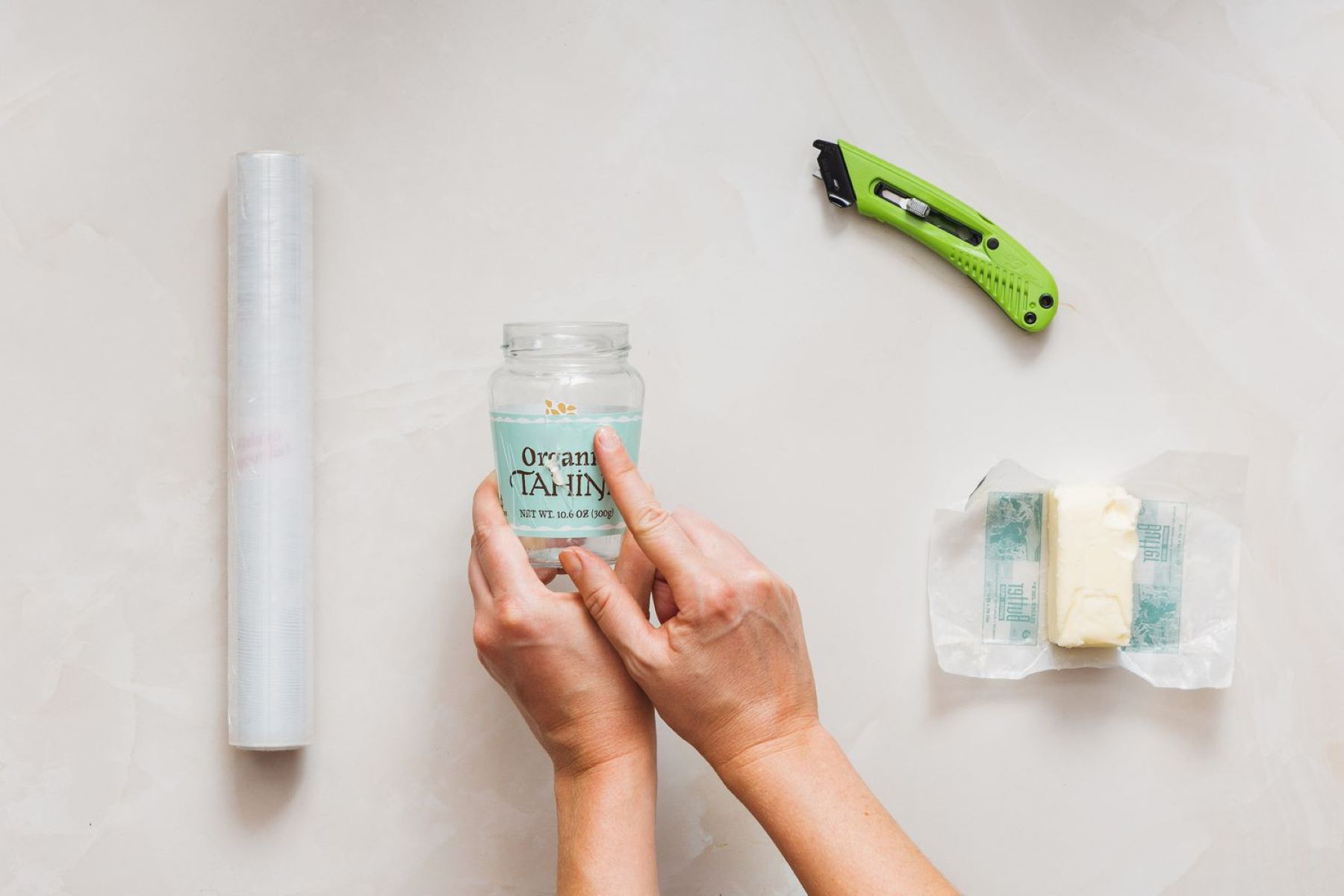
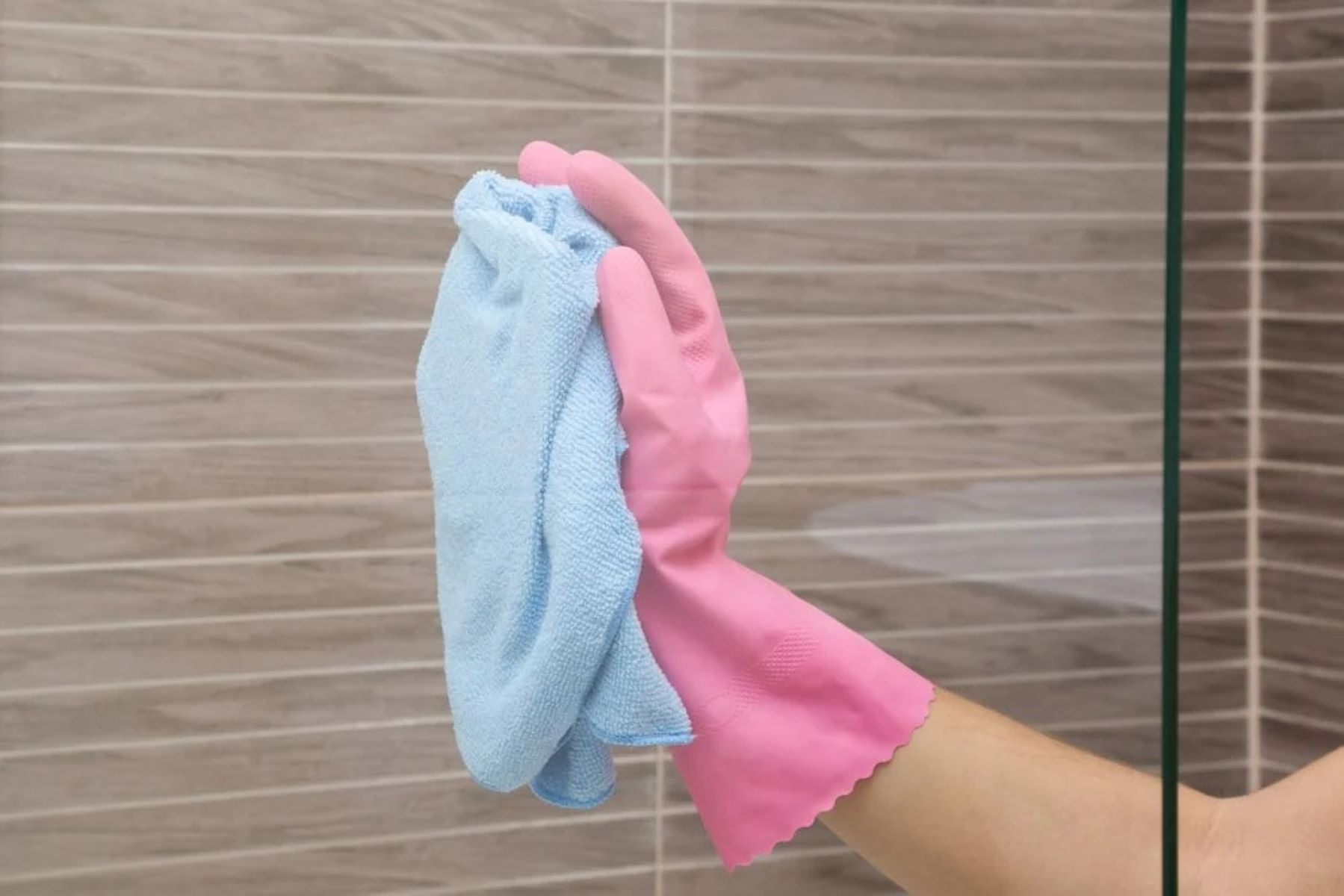
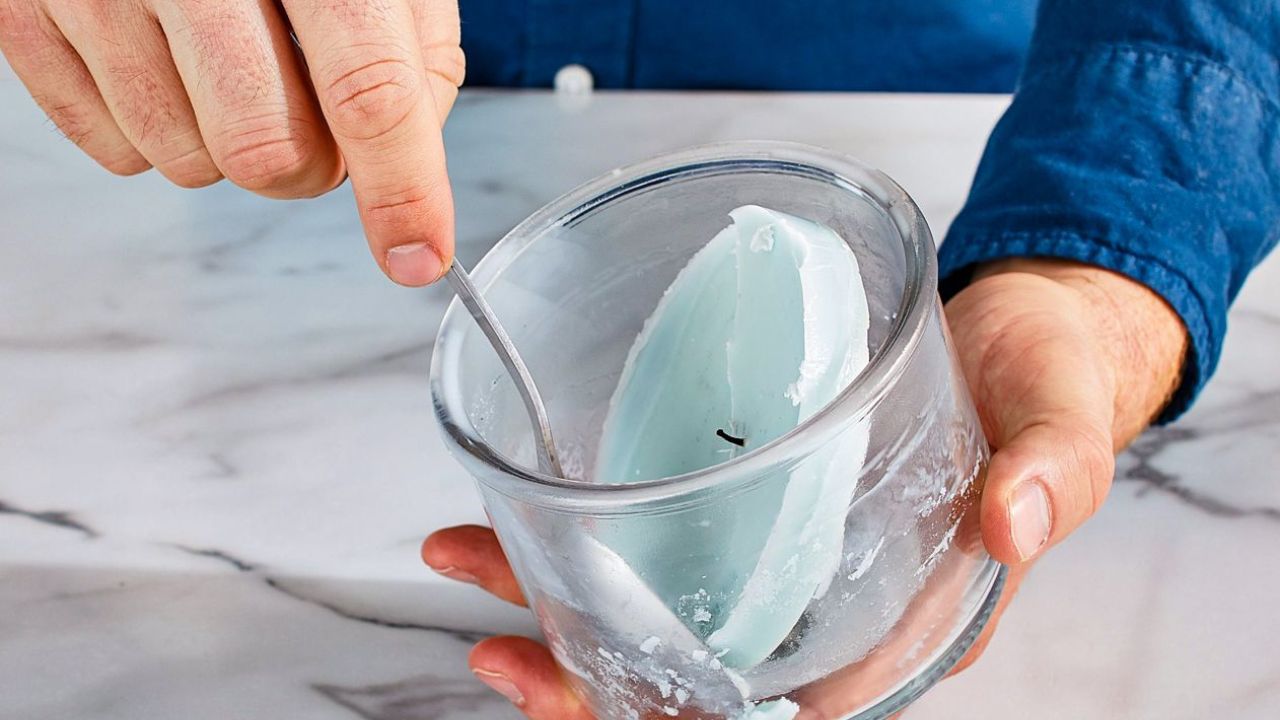
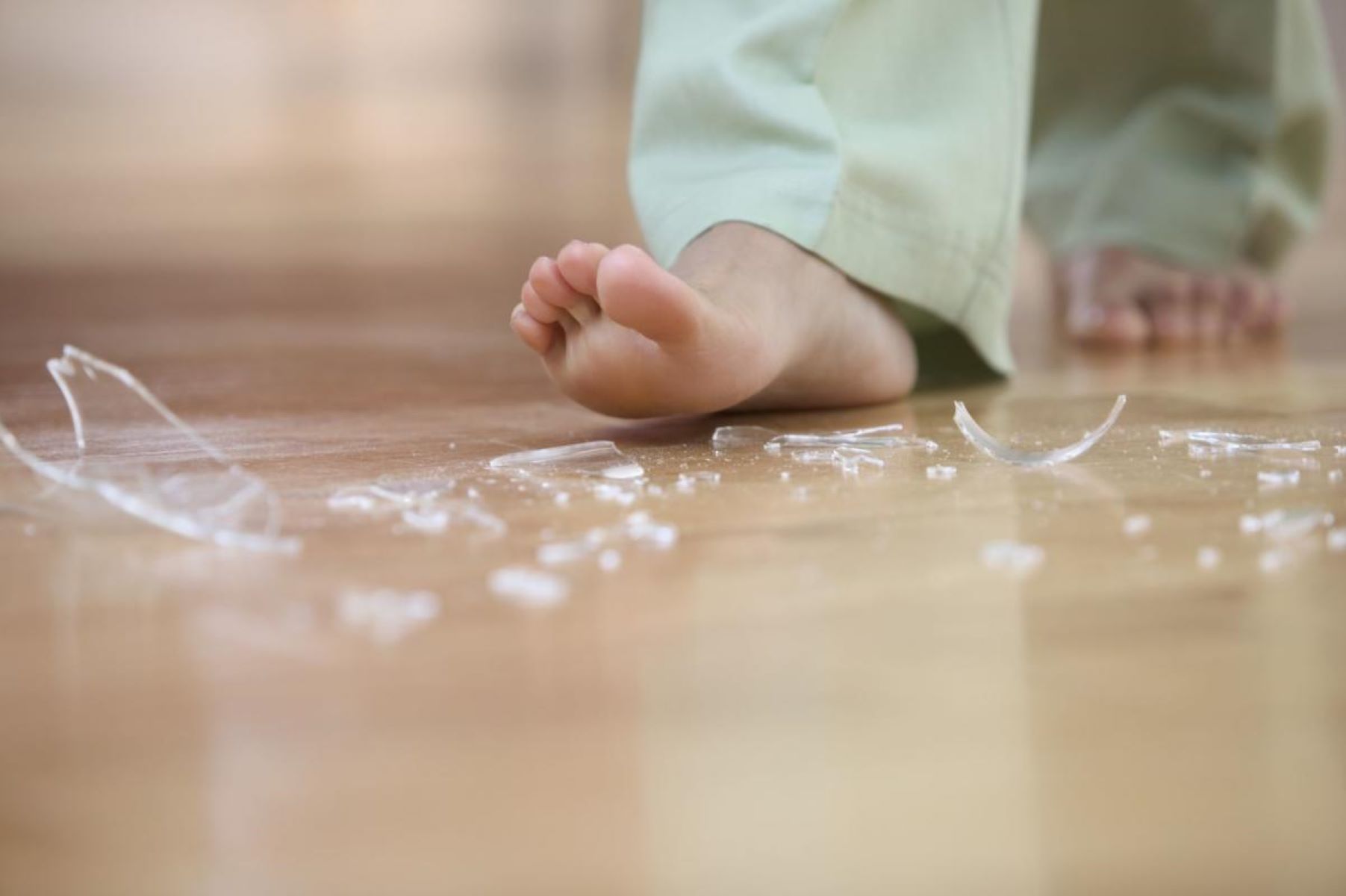

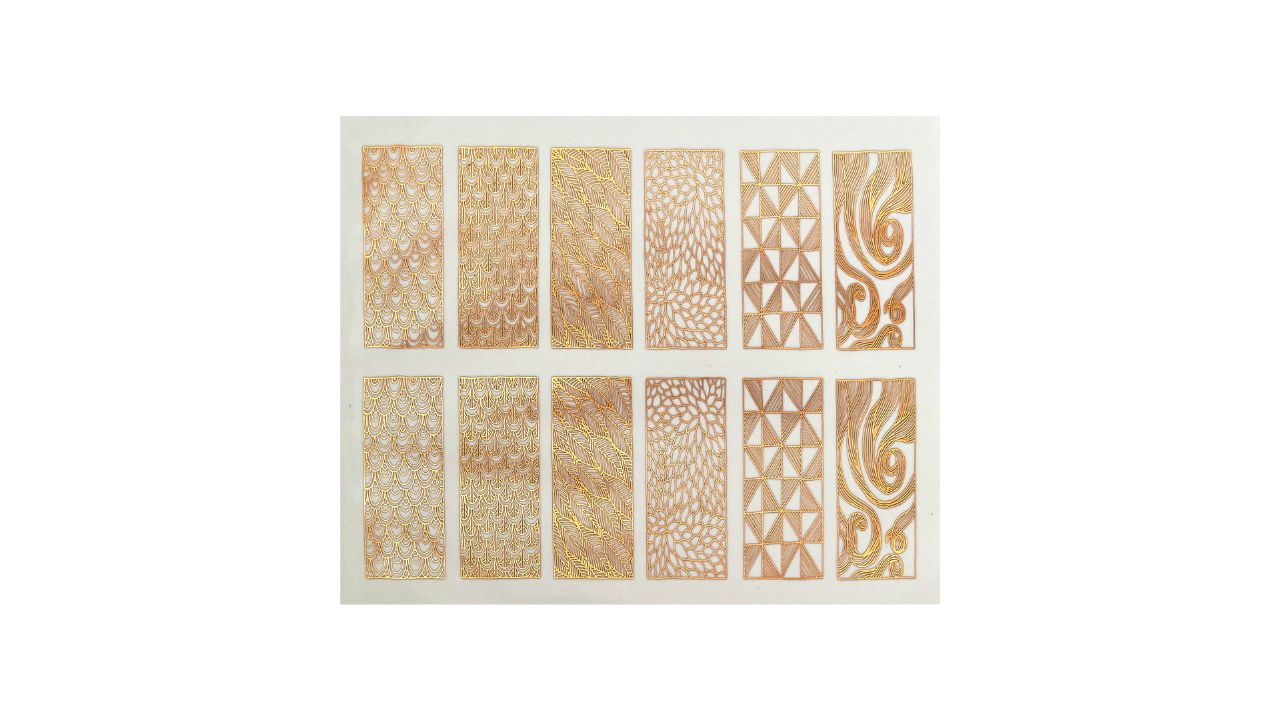
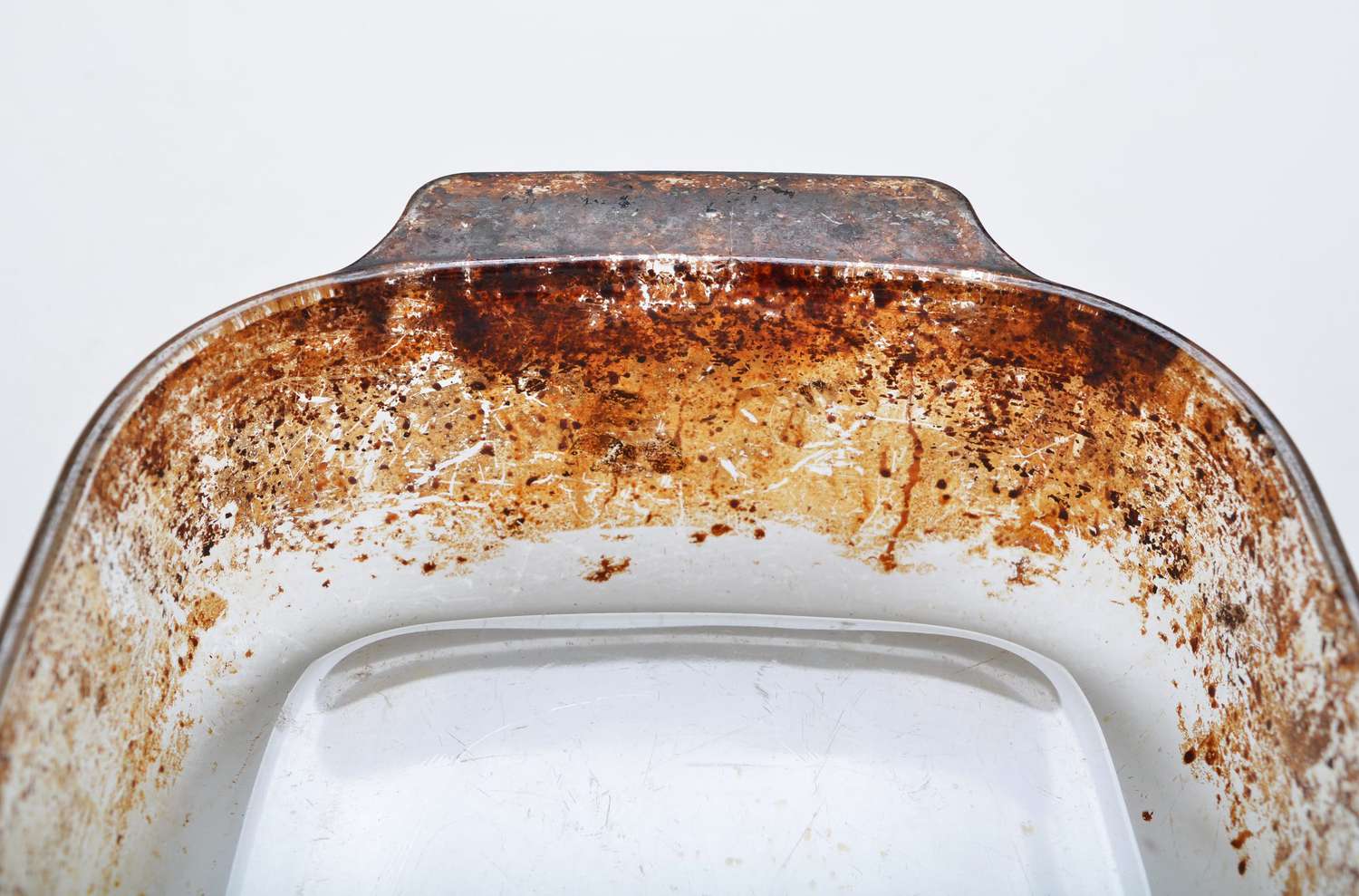
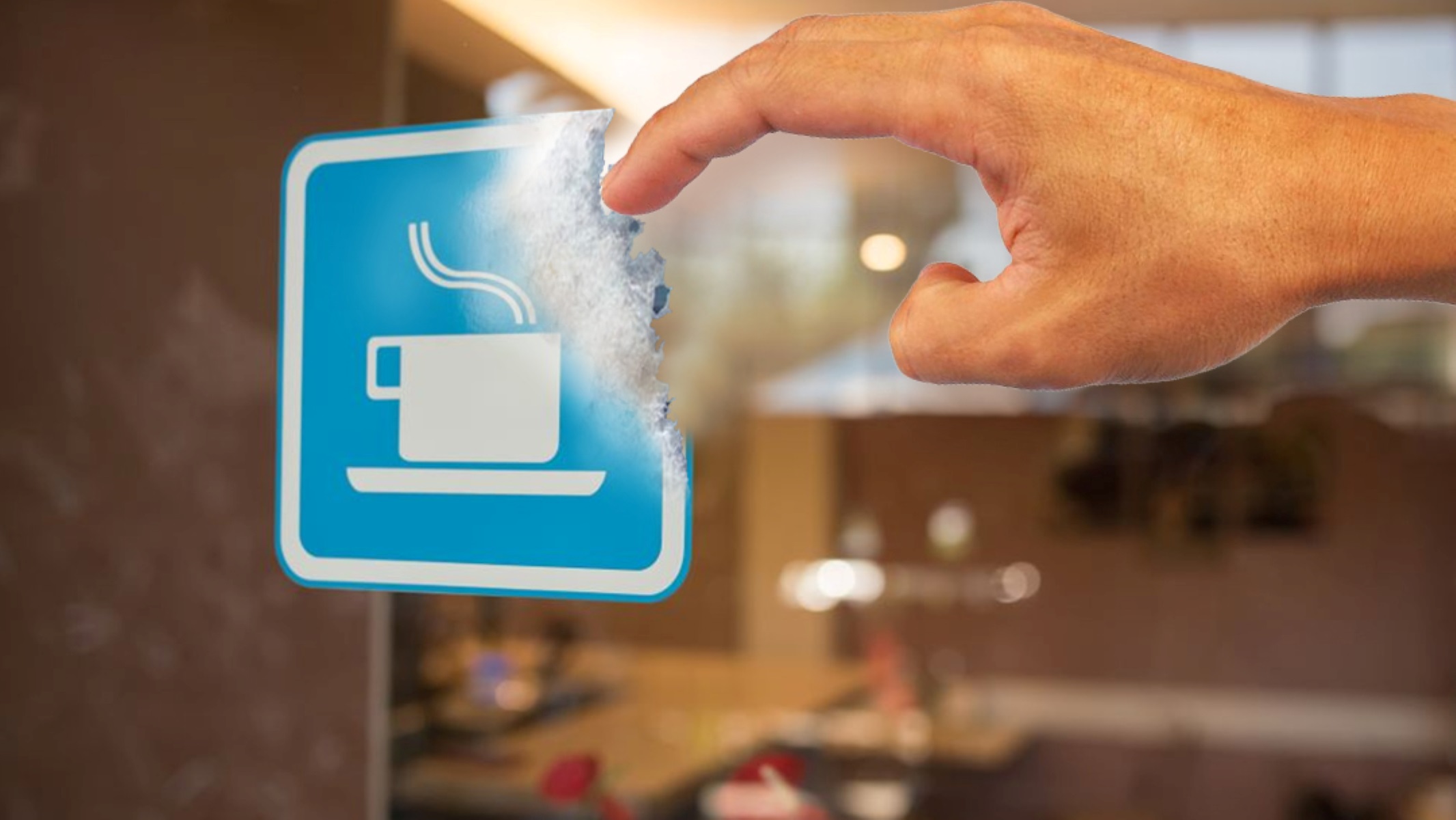
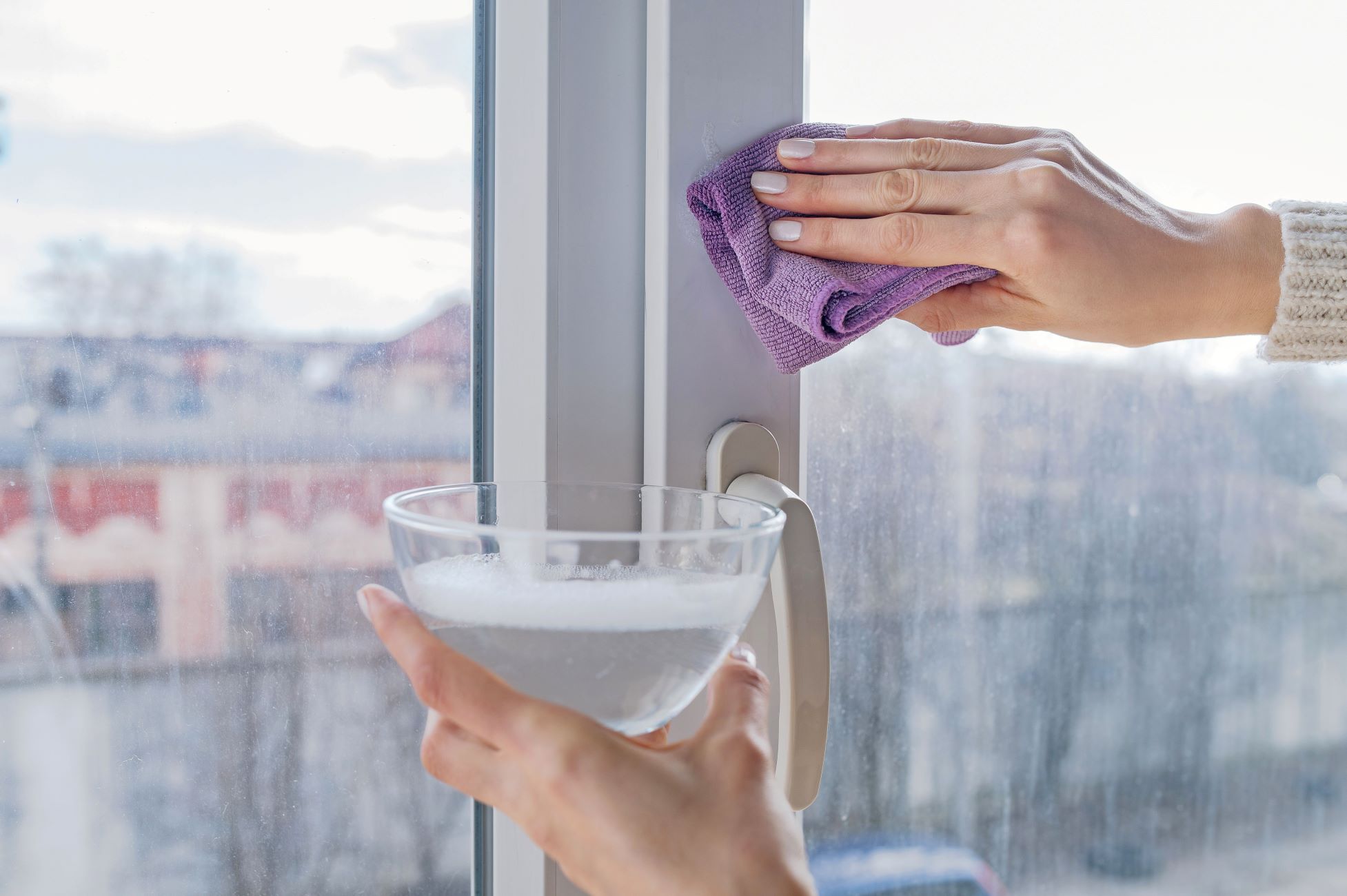
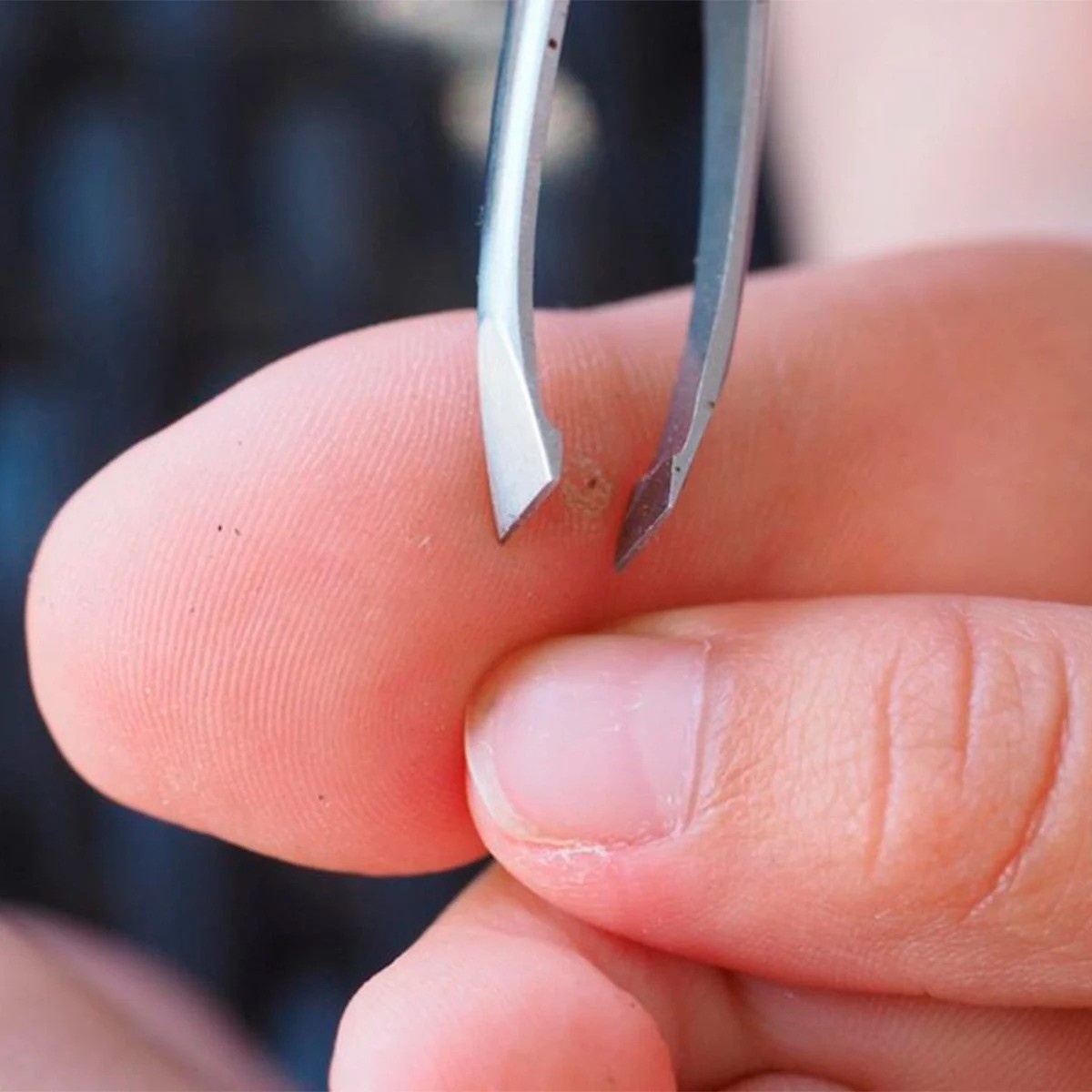
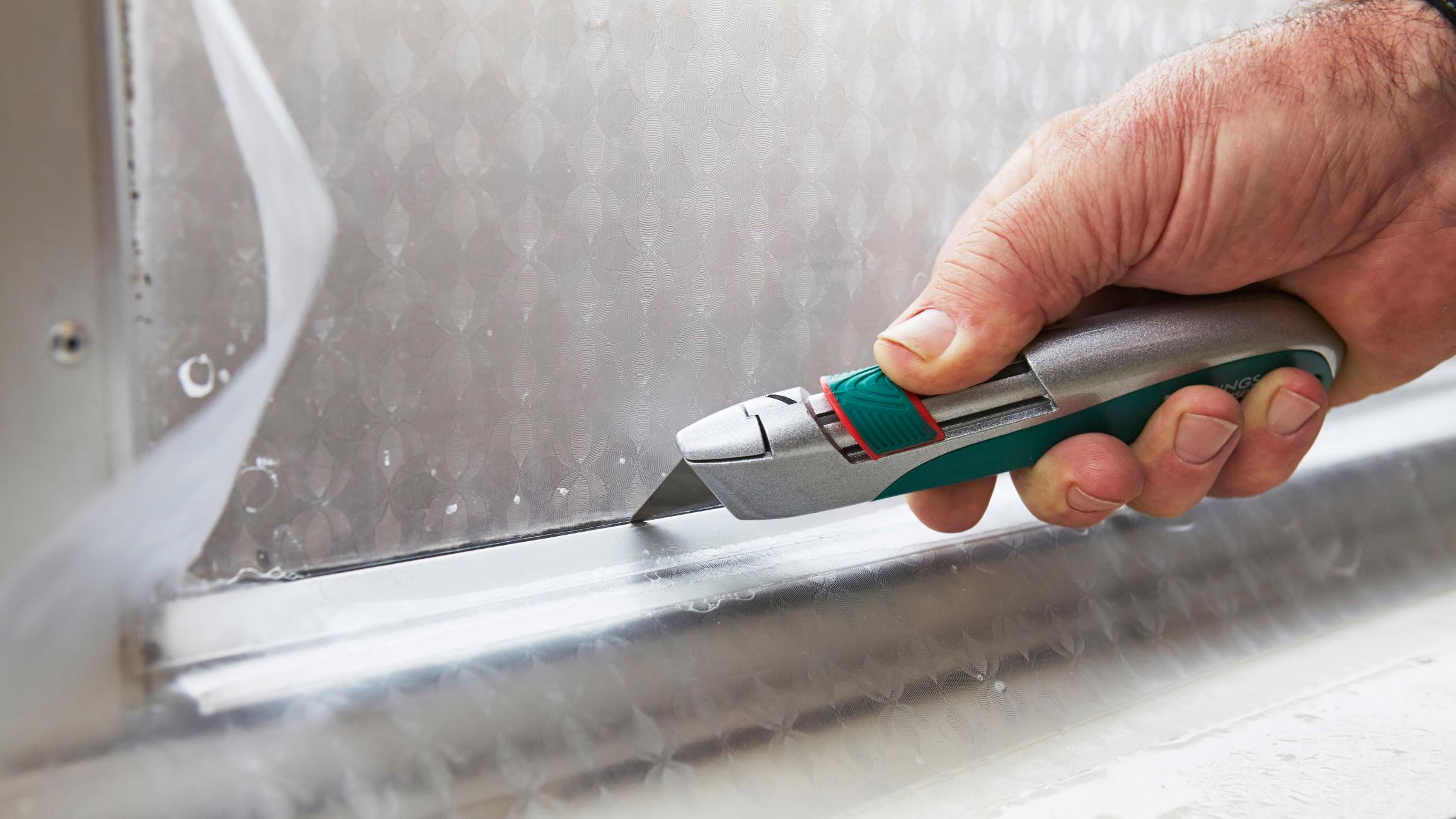
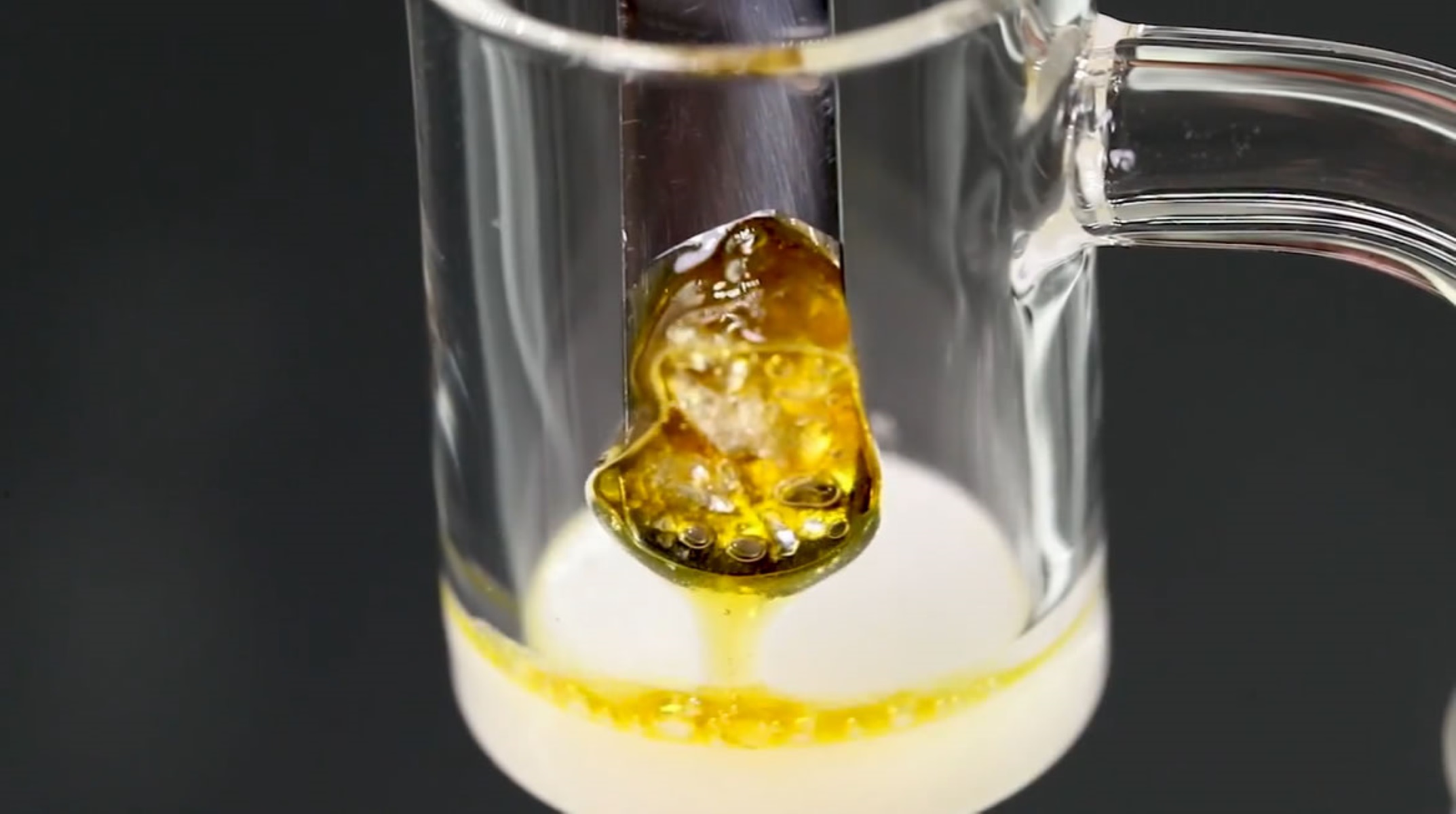
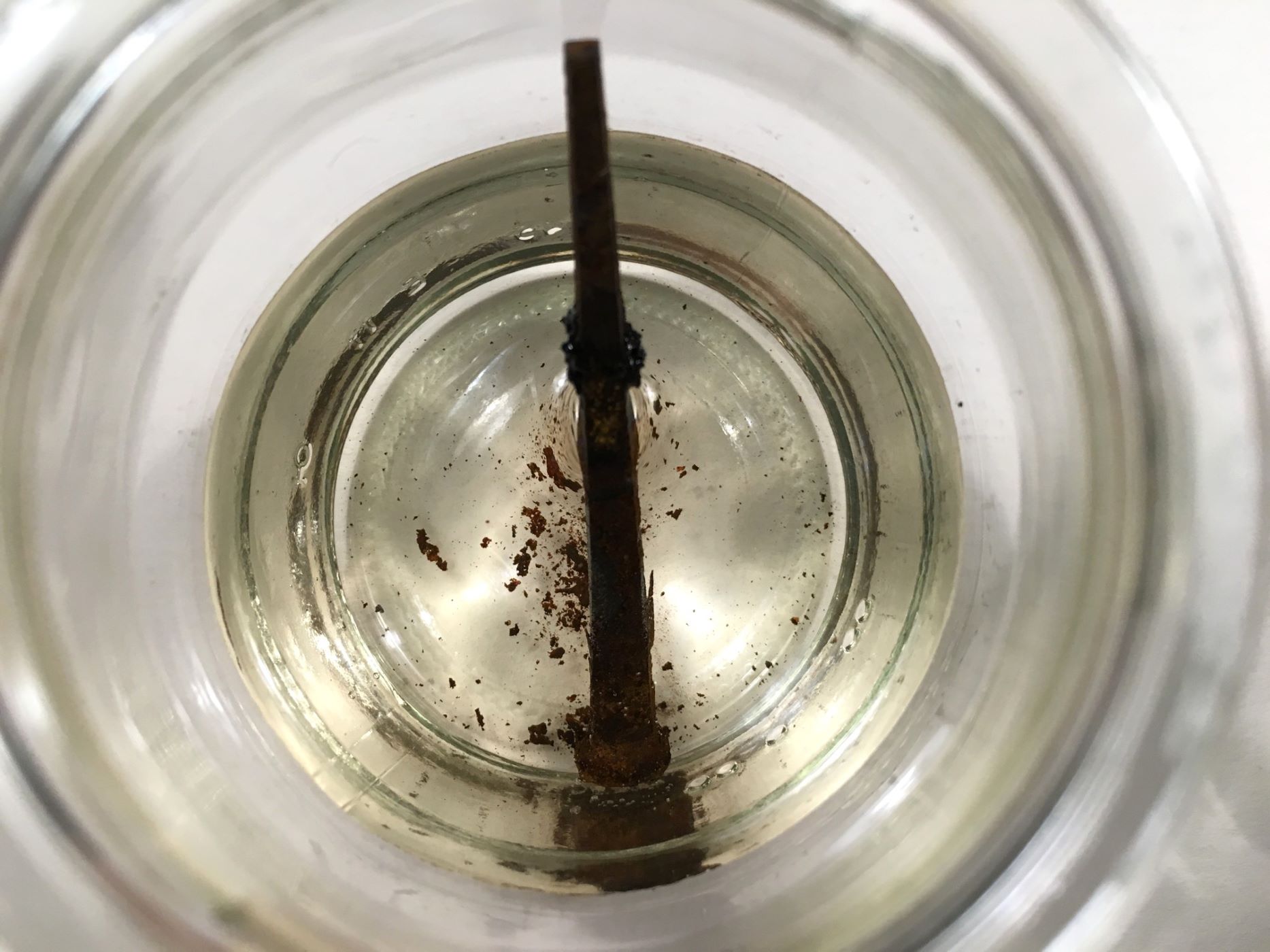
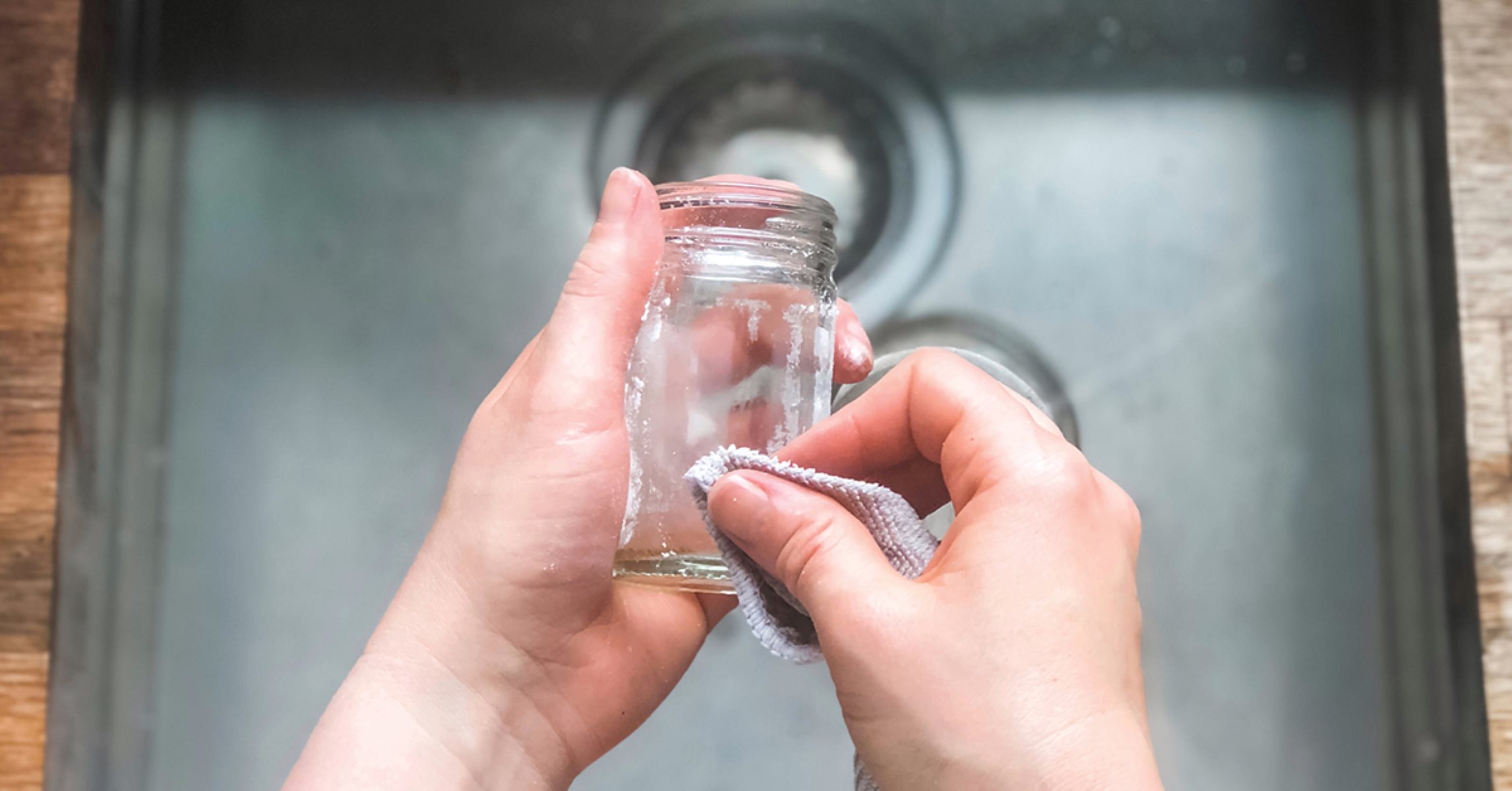

0 thoughts on “How To Remove Glass From Foot”